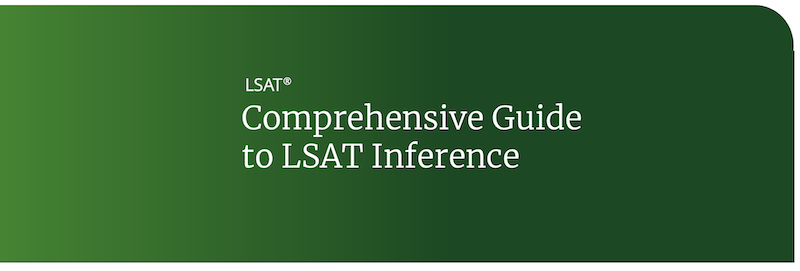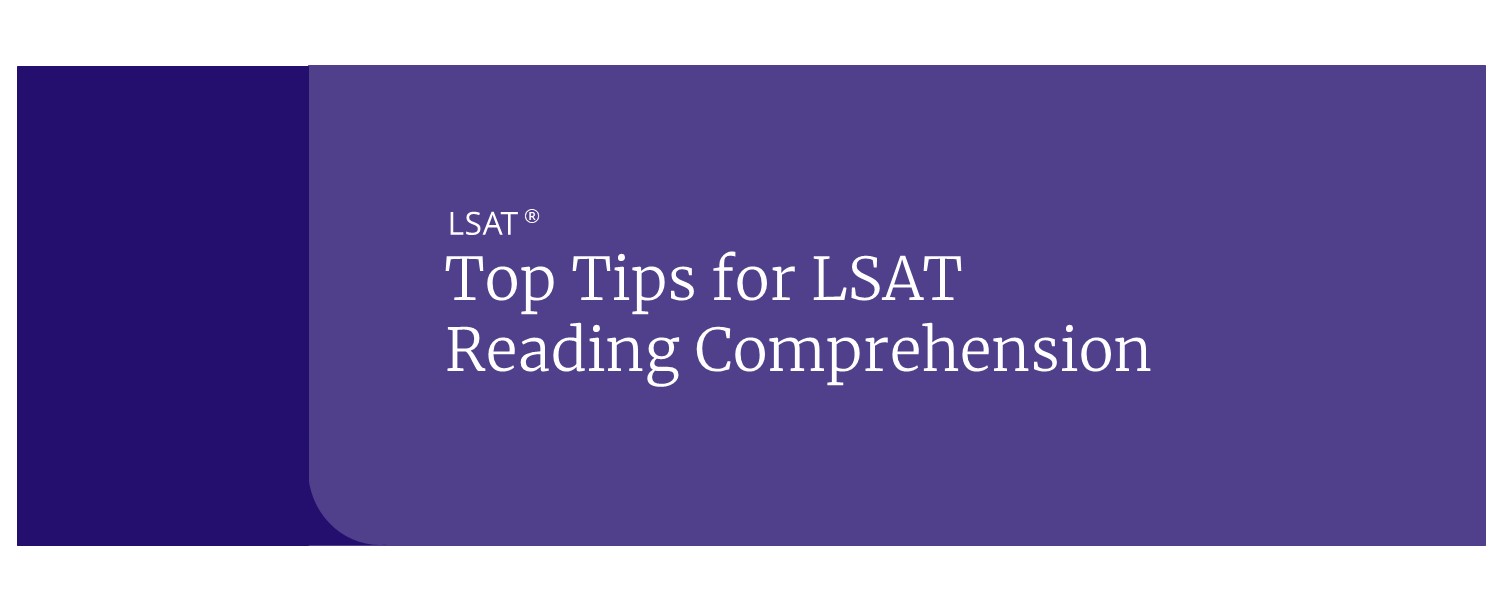LSAT Reading Comprehension: Main Idea, Scope & Tone
Main point or main idea questions are easy to spot, and it’s pretty clear what the question wants you to do. If you told someone about the passage in one sentence, you’d have the main idea. Main idea questions are straight forward and generally easy points, but sometimes they can be a little challenging.
How To Find the Main Idea
Tools To Find the Main Idea
In passages where the author hasn’t stated the main idea, it’s easy to second guess yourself when picking out the correct answer choice. But with the scope and the author’s voice as a guide, you can quickly answer these questions and save precious time for the more difficult ones.
Scope is kind of a big deal in main idea questions. The Main Idea will fit nice and neat within the scope of the passage. It won’t include concepts the author never discusses, nor will it leave any of the author’s points out. Don’t ignore this handy little tool just because main idea questions tend to be easier ones.
The author’s voice is another important tool. The main idea won’t attribute an opinion to the author that isn’t clear from the words in the passage. For example, the following main idea implies the author has a critical view of New Urbanists: “In their critique of policies that promote suburban sprawl, the New Urbanists neglect to consider the interests and values of those who prefer suburban lifestyles.” But language in the passage indicates that the author supports the views of the New Urbanists: “However, the New Urbanists do not question people’s right to their own values.”
What Is Scope and How Can It Be Used
The subject of a passage is the general topic the author has chosen to write about, for example, fractal geometry. Because the author could easily write an entire series of books on such a broad subject, the passage is focused on a very small aspect of the subject, for example, whether the fractal geometry has a lasting role in the field of mathematics. The scope is to the subject as the Chihuahua breed is to the dog species.
Tone of the Passage
You’ve probably seen an LSAT question that looked like this: “The author’s tone in the passage is best described as….”
LSAT Reading Comprehension questions that ask about tone and the author’s attitude may not be as common as detail or inference questions, but they often come up on the LSAT. To solve them, you must follow one major rule: look at the adjectives. How does the author describe the topics in each paragraph? Adjectives are colorful descriptive words that reveal opinion. Pay close attention to them as you read the LSAT passage the first time. If you do the work up front, it will pay off when you get to the questions!
Unlike LSAT Detail questions, there are no line numbers to help you find the answer for tone/style questions. Only by paying attention to the author’s voice and style as you read will you be able to get these questions right.
Now let’s talk strategy. What to do if you encounter a tone/attitude question:
Previous: 5 Tips for Reading Comprehension
Next: Reading Comprehension: Detail and Inference Questions


